
The Giant of the Revolution
At over 6’8″ tall, there was no missing Pal Maleter. He was a giant.
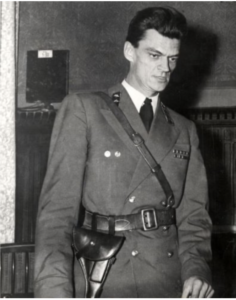
But his height was not the most extraordinary thing about him. Maleter was a Hungarian Army Colonel and the highest ranked servicemember who switched sides during the revolution. He was quickly promoted to General by the Nagy government and on 29 November 1956 he was created Minister of Defense.
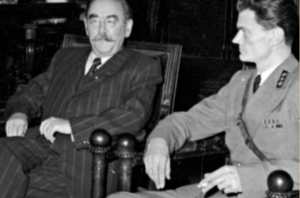
Maleter, however, was not even Hungarian. Born in Czechoslovakia to a socialist Hungarian father, Maleter left his studies in Prague with the rise of Hitler and entered the military academy in Budapest. His military service was used to gain Hungarian citizenship.
There was no outrunning the Axis during World War II, and after his graduation he was sent to the Eastern Front to fight with the Axis-allied Hungarian Army. He didn’t fight for long before he was captured – and it was being captured that changed everything for Pal Maleter.
Taken to Russia as a Prisoner of War, Maleter soon became a convert to the cause of communism. The Soviets trained him in sabotage and sent him right back to Hungary; but this time as an insurgent. Commanding a Partisan unit at the age of 27, he worked with both Americans and Russians to beat back the Nazis and was highly successful. That success, as well as his commitment to communism, translated well to his advancement within the Hungarian Army itself.
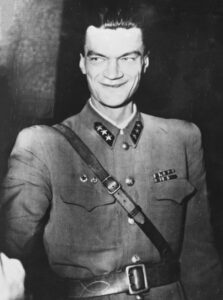
His career did show one area of uncertainty and difficulty, though. Maleter had married a woman named Maria. Maria, unlike Pal, came from a traditionally Catholic family and was related to anti-communist activists. Maria was determined by the party to be a full liability to Pal’s career unless she were to be “re-educated”.
The family was under constant surveillance, despite Pal’s demonstrated devotion to the cause, and by 1954 the two divorced.
The divorce did not end the government harassment of Maria, unfortunately. She and their three children were still under constant surveillance and forced to accept a series of completely inappropriate roommates. Still, Maleter was involved in his children’s lives.
Maria’s apartment was in the thick of the Budapest fighting in October 1956, and so the family was aware of what was happening from the beginning. As reports came in about the high-level army officer came in, they knew it was their father.
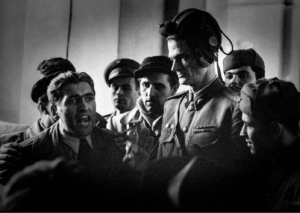
Maleter also participated in a radio address – asking workers to return to their normal routines, “We must ensure milk for our children, coal for our factories, regular transport for our workers…“
Maleter favored less fighting and more negotiation – his adult life had been spent as a committed communist; that ideological devotion had even ended his first marriage. Furthermore, his time and training in the Soviet Union meant he was fluent in Russian. When the Soviet military command suggested a meeting at the Tokol military airport and heaquarters of the Soviet Army in Budapest to discuss the Red Army’s withdrawal, Maleter agreed to go.
On 3 November Pal Maleter sent a message to his children saying he would visit soon, then arrived for the scheduled meeting at Tokol. Some discussion took place, but soon after midnight, as the Red Army began moving to surround Budapest itself, the head of the Soviet secret police Ivan Serov turned to Maleter and those accompanying him and said simply, “You are under arrest.“
Maleter would never be free again.
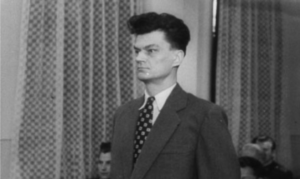
On 15 June 1958 he would face trial for attempting to overthrow the Hungarian People’s Republic. He would be executed by hanging on 16 June.
For more on our series of the Hungarian Revolution of 1956, click here.
- November 16, 2020
- History

